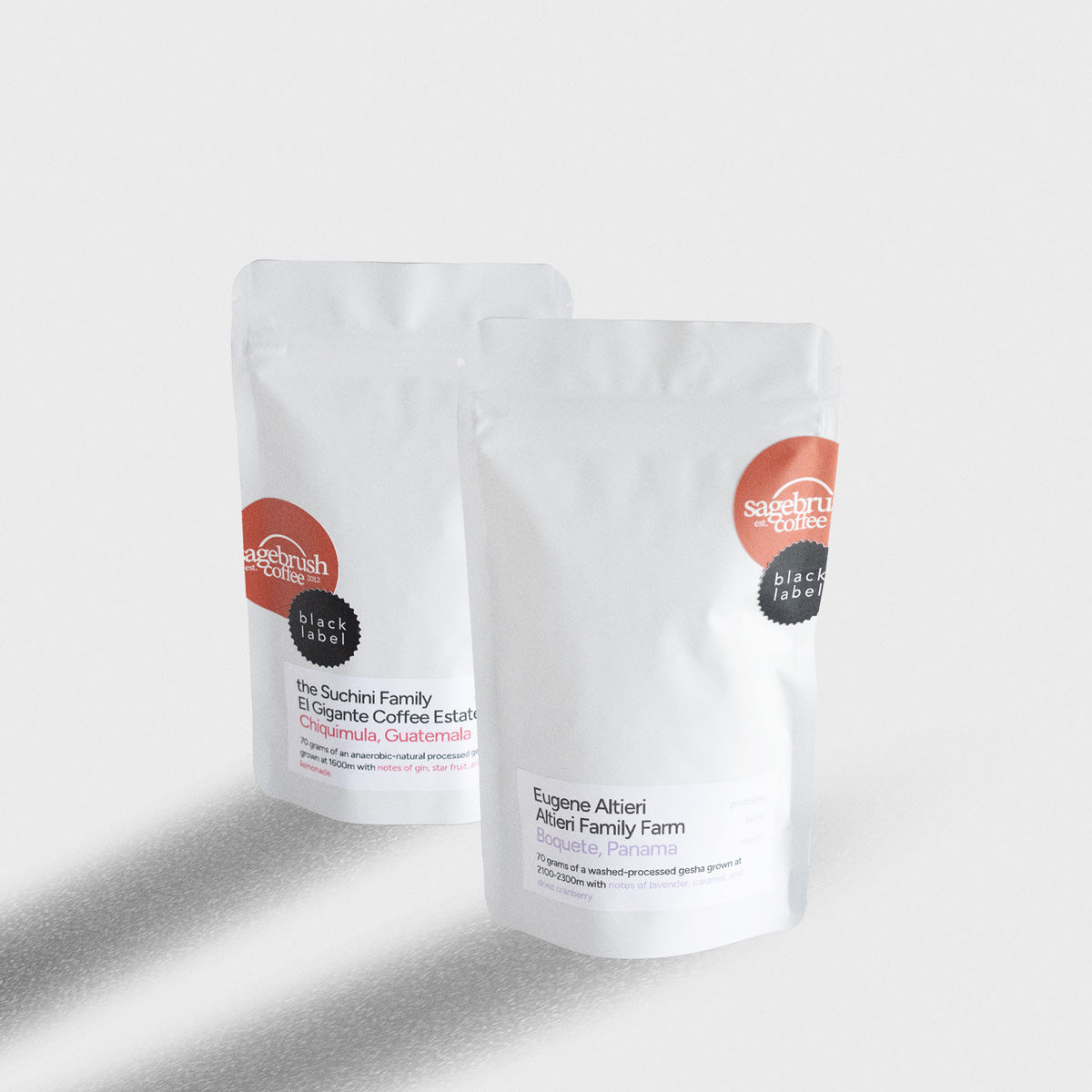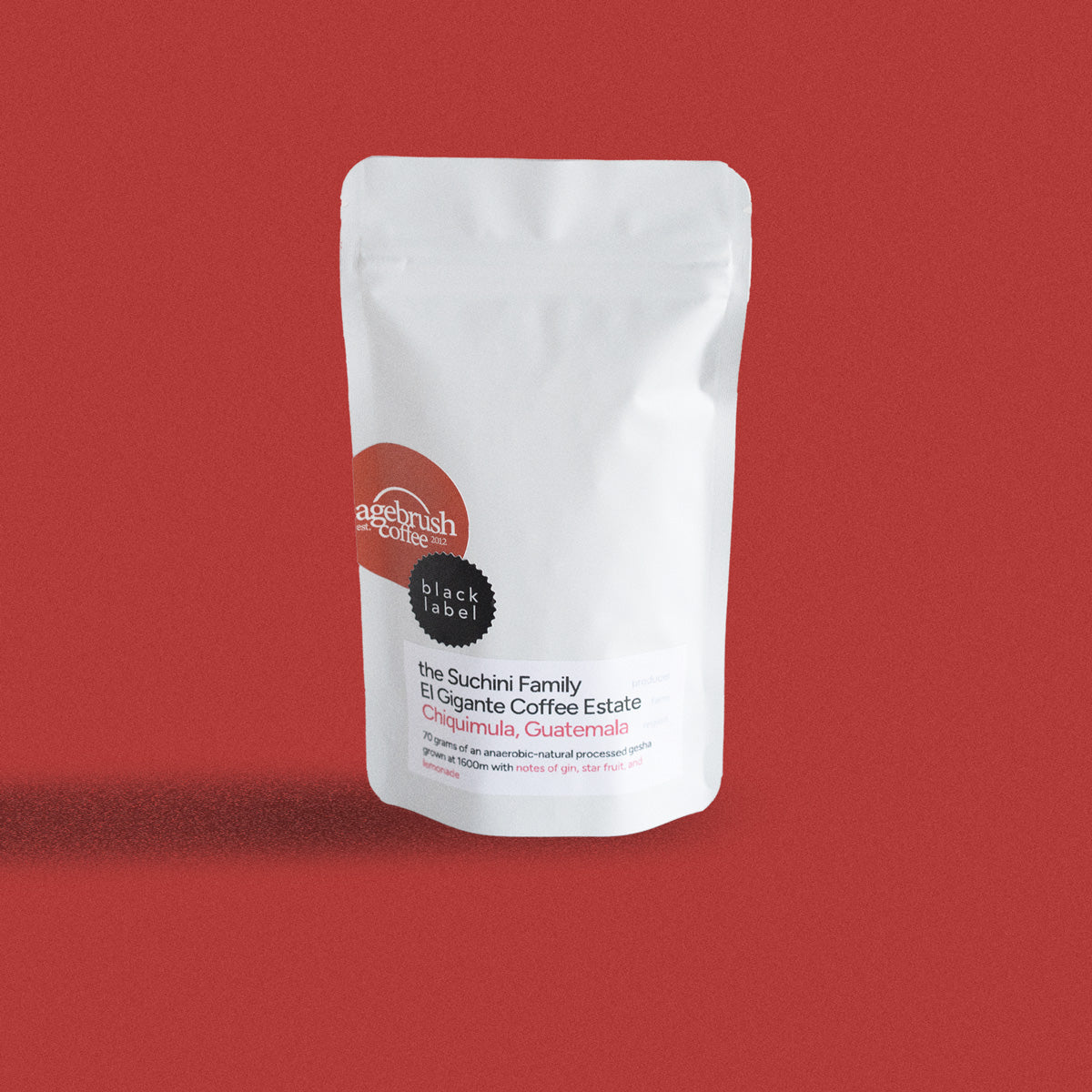Decaffeinated coffees often get a bad rap, and for a while, we were those people that saw decaf coffee as lesser than the real deal, but we have realized now, after searching long and hard for quality decaf beans, that this is far from the truth. A high-quality decaf coffee, when roasted correctly, can actually taste like regular coffee!
We have had great success with the decaf coffees we have sold on our website. Since decaf beans are often difficult to come by, it is essential for us to have at least two available to purchase at all times. We are excited to announce that we have just released TWO new decaf coffees and our first-ever Half-Caff bundle! Now you have even more options for decaf coffees that taste amazing without the added jitters.
Gold Label Status Decaf
This is the first Gold Label decaf coffee that we have ever offered and for a good reason. Until I sampled this coffee, I didn't have a paradigm for a decaf that was good enough for our Gold Label. This bean has achieved this, and now all other decafs have something to live up to.
It is also the first ever decaf coffee that we've offered that did not use the Swiss Water Process of decaffeination. Instead, this is a sugarcane decaf, and I think I'll keep my eye out for these from now on. As I state below, this is not as complete of a process as SWP. Where SWP removes 99.9% of the caffeine, this process only removes 98-99%. But what it leaves in caffeine, it also leaves in flavor and hey, what is 1-2% between friends.
What is the Sugarcane Decaf Process?
A naturally occurring compound called EA (Ethyl Acetate) is used to extract caffeine from the coffee beans. EA is made from the fermentation of sugarcane. The name, Ethyl Acetate, may sound like a scary chemical, but it is actually an organic compound found in cereals, fruit juices, and sugarcane. For this reason, the sugarcane decaf process is known as a natural decaffeination method.
During the decaffeination process, the coffee beans are placed in big silos that release light steam. This release of steam opens the pores of the beans, which allows for the extraction of caffeine. The silver skins on the coffee beans can interfere with the decaf process, so they are removed during this time as well.
Once the pores are opened and skins released, the decaffeination process officially begins when the beans are poured into a tank filled with water and EA. A naturally occurring bond occurs between the EA and compounds of the bean, causing the decaffeination to take place. The entire process takes about 24 hours to complete.

















